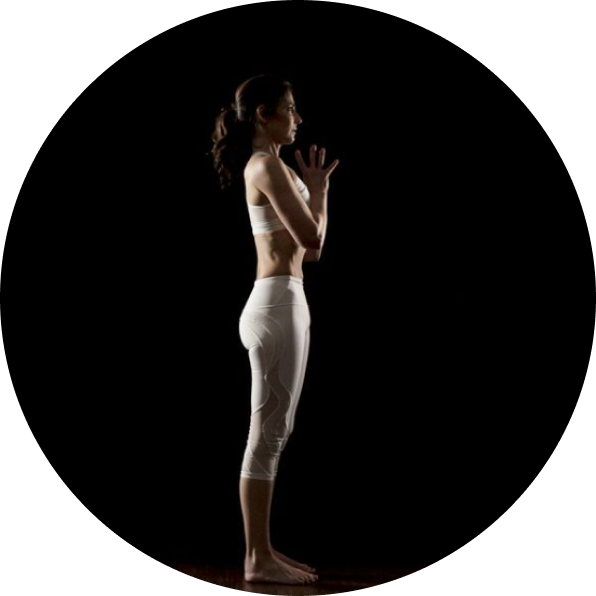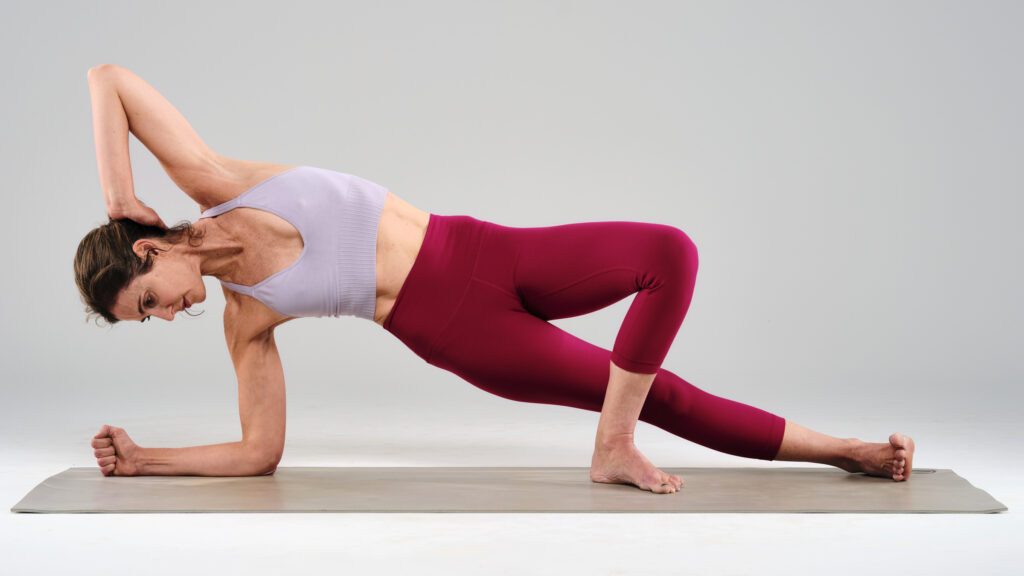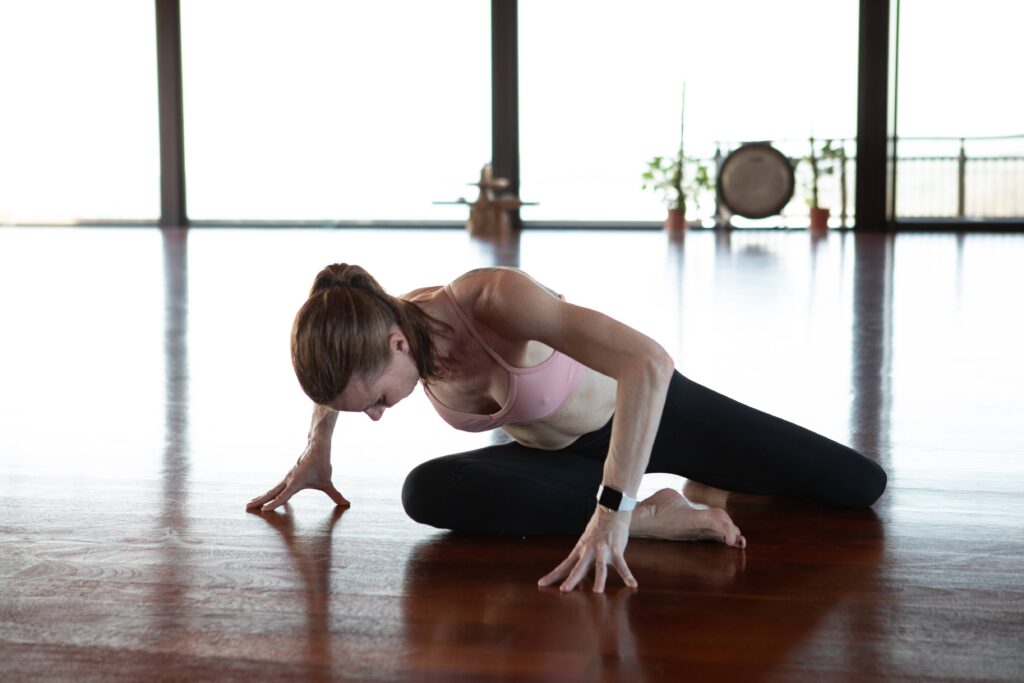Have you been diagnosed with “sciatica?” Although a common back issue, many doctors are quick to diagnose these vague back, hip, and leg pains as sciatica when it may not be the case. Much less discussed, and susceptible to irritation – if not more so in modern society – are the superior and inferior gluteal nerves.
Sciatica is a term coined for pain that radiates along the path of the sciatic nerve. This nerve begins in your lower back L4-S3, branches through your hips and buttocks, and down into each leg, behind the knee, and into the calf. According to the Mayo Clinic, “sciatica most commonly occurs when a herniated disk, bone spur on the spine or narrowing of the spine (spinal stenosis) compresses part of the nerve, causing inflammation, pain and often some numbness in the affected leg.” Symptoms include pain that radiates from the lower (lumbar) spine to the buttock and down the back of the leg. The pain varies in intensity from a mild ache to a sharp, burning sensation, excruciating pain, or jolt. It can be aggravated with prolonged sitting, coughing, and sneezing. The sciatic nerve innervates the hamstring muscles that flex the knee, causing weakness in bending the knee when irritated.
The culprit of most back pain-related issues is poor posture! Sitting or standing for prolonged periods in a rounded spine position can lead to compression and restriction in the muscles, joints, and disc spaces. When going to stand or change positions quickly with shortened hip flexors or hamstrings, the back overly extends in compensation, compressing the sciatic nerve.
Performing any lifting tasks with poor body mechanics and a lack of core activation to support the structures around the spine can irritate the nerve. This action overly activates the spinal extensors when coming back upright, as opposed to utilizing the gluteals, leading to disc compression that can send symptoms down into the leg. Sitting, standing, or walking with your toes pointed outwards and hips externally rotated can also decrease piriformis muscle length. For most people, the sciatic nerve runs directly through this muscle and when restricted, can lead to nerve irritation.
Treatment includes variations of sciatic nerve glides/flossing techniques to increase circulation to the nerves and decompress the tissues that surround the joints and muscles. These techniques include stretching and soft tissue mobilization of the piriformis, hamstrings, and hip flexor muscles. Forms of spinal traction can also be useful, decreasing pressure on the nerve done manually by a therapist, use of a traction device, or by using one’s own hands on the thighs as done in many of our LYT classes.
For effective management, the decompression must be combined with retraining the activation of the deep core and gluteal musculature to prevent excessive strain and overuse of the spinal extensors. Exercises to target these muscles and retraining the hip hinge strategy for squatting, bending, and lifting are key to keeping the back and sciatic nerves happy.
In severe cases, a cortisone injection can decrease the nerve inflammation. However, the effects of these injections are short-lived and come with side effects including bone degradation. Learning the tools to manage these symptoms with proper exercises and movement patterns is what will ultimately promote long-term pain relief and symptom management.
The superior and inferior gluteal nerves branch off just before the sciatic nerve from L4-S1. They supply the gluteus maximus, medius, gluteus minimus, tensor fascia lata, and piriformis muscles that are responsible for hip extension, hip abduction (moving out to the side), internal and external rotation, and flexion. Symptoms often include difficulty climbing stairs and rising from a sitting to a standing position. Other symptoms include deep aching pain and a “trendelenberg gait” pattern, which is when one’s hip drops down to the side.
This injury can often occur after a hip replacement surgery or trauma. There is a higher risk of injury to the superior gluteal nerve when the hip is placed in lesser degrees of flexion and adduction during surgical nailing. Lack of proper strengthening to the hip abductor muscles and entrapment or restriction of the piriformis muscle have also been known to cause these symptoms. The immense amount of time we spend in the seated position often leads to compression and deactivation of the gluteal muscles and the nerves that supply them.
Gluteal nerve irritation is treated very similarly to the sciatic nerve, focusing on deep core and gluteal activation, proper body mechanics, and hip hinge retraining. However, a greater emphasis is placed on mobilizing the hip joint and the surrounding tissues to increase the range of motion for all hip movements to reduce typical compensations at the back and pelvis. Compensation at the pelvis can contribute to a restricted quadratus lumborum (which is our hip hiking muscle), so manual and stretching release techniques to this region can also be useful. Opening of the joints and soft tissue spaces, combined with strengthening the gluteals and hip muscles for good hip movement without pelvic compensation is key for long-term pain management.
Be sure to check out Kristin Williams’ sciatica series on LYT daily and Lara’s Calm the QL Quarrel class for some ideas!





